Loading a tractor onto a flatbed trailer can seem intimidating, but with the right techniques and safety precautions, it can be accomplished smoothly and efficiently. In this guide, we will delineate the steps involved, essential equipment, and best practices to ensure a safe loading process. Whether you are transporting small agricultural tractors or larger industrial machinery, understanding the intricics of the loading process enhances both safety and efficiency.
Understanding the Weight Distribution
Importance of Weight Distribution
When loading a tractor, one of the foremost considerations is weight distribution. Proper weight distribution ensures stability while transporting and minimizes the risk of accidents during loading and unloading. A well-balanced load can significantly reduce the chances of trailer sway, which is crucial when hauling on highways or uneven terrain.
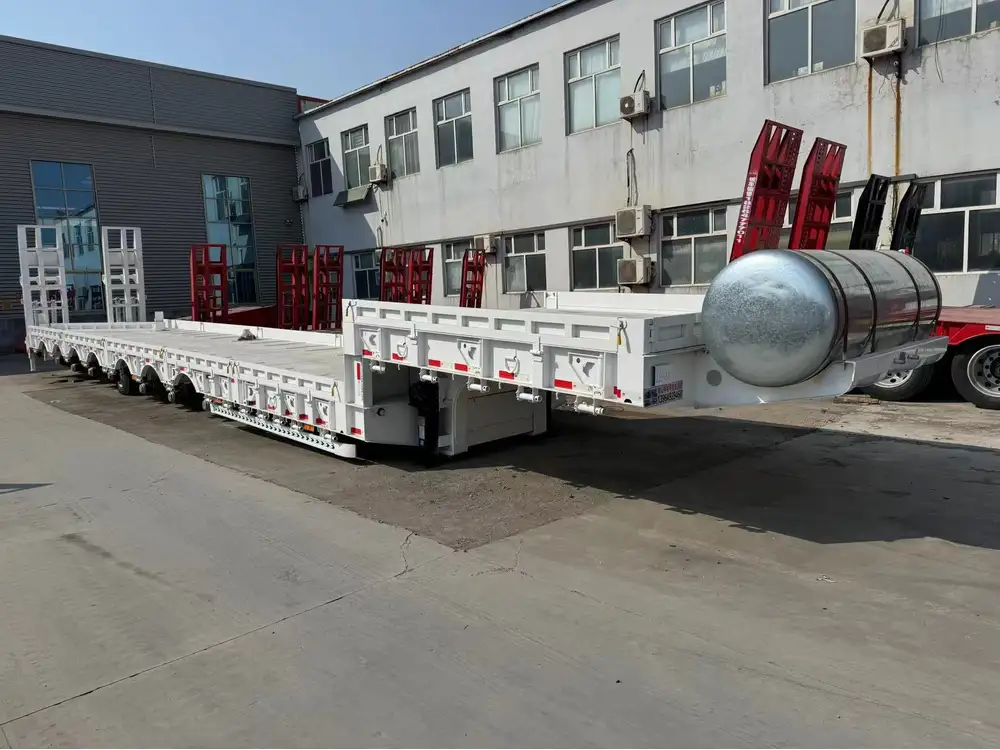
Factors Influencing Weight Distribution
- Tractor Size and Weight: Smaller tractors have different loading strategies compared to larger equivalents.
- Trailer Specifications: Check the weight capacity of your flatbed trailer.
- Equipment Positioning: The center of gravity should remain low to prevent tipping.
Necessary Equipment for Loading
Essential Tools
To facilitate the loading process, ensure you have the following equipment ready:
| Equipment | Purpose |
|---|---|
| Ramps | Allows tractors to drive onto the trailer smoothly. |
| Chains or Straps | Secures the tractor to the trailer for safe transport. |
| Wheel Chocks | Prevents rolling or movement during loading and unloading. |
| Leveling Blocks | Stabilizes the trailer if parked on uneven ground. |
| Hydraulic Jack | Assists in adjusting the height if necessary. |
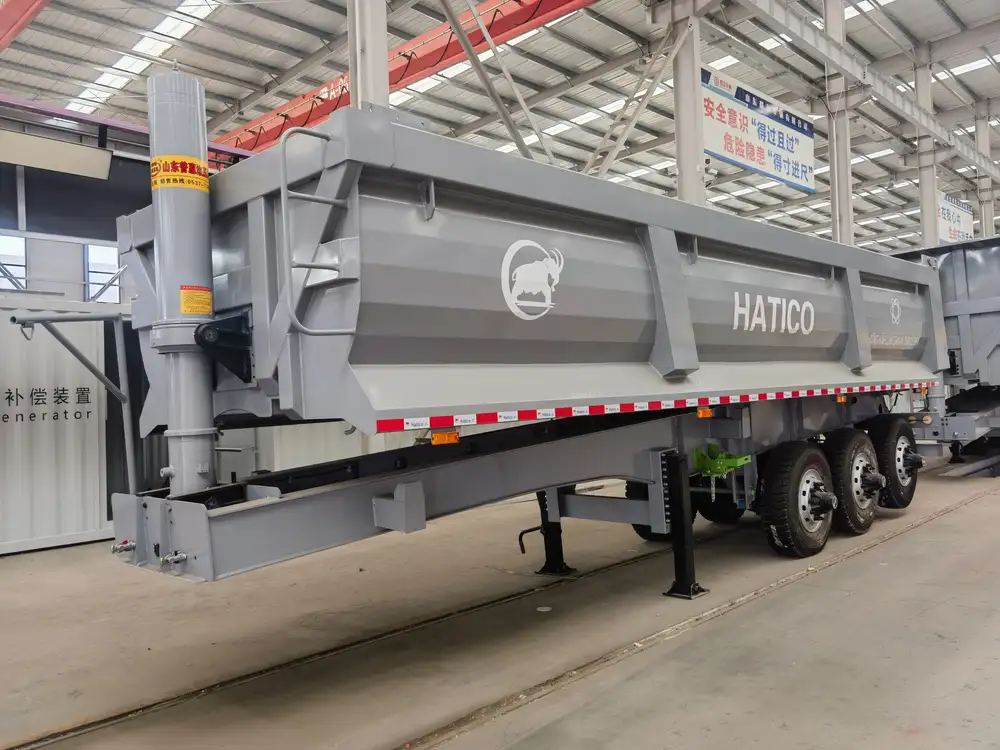
Step-by-Step Loading Process
1. Prepare Your Trailer
Inspect the Trailer
Before commencing with the loading process, conduct a thorough inspection of your flatbed trailer. Ensure that:
- The trailer is in good condition with no visible damage.
- The tires are adequately inflated and in good condition.
- The loading ramps are secure and free of debris.
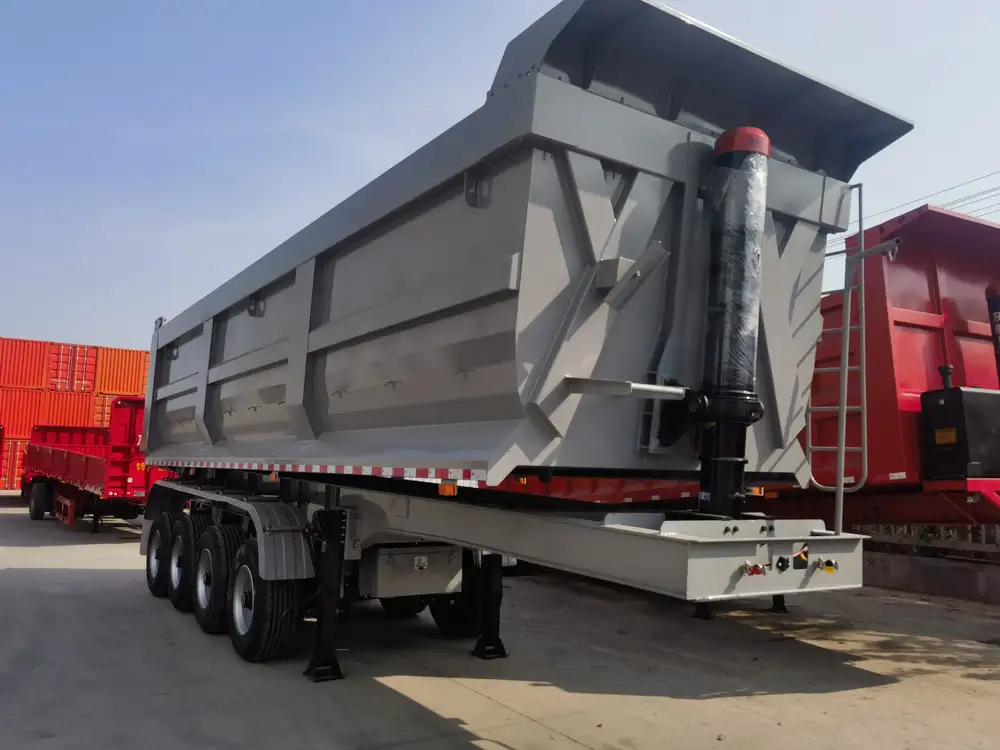
Positioning the Trailer
Park your trailer on a flat, stable surface. If the ground is uneven, use leveling blocks to stabilize the trailer. Ensure that it is positioned close to the tractor for a seamless transition.
2. Prepare the Tractor
Check the Tractor
Before loading, ensure your tractor is functional and that:
- The fuel tank is not overly full to prevent spills.
- There are no leaks that might pose a risk.
- The parking brake is engaged.

Align the Tractor
Position the tractor parallel to the trailer. The front of the tractor should face the trailer’s loading ramp, allowing for a direct approach to minimize potential mishaps.
3. Loading Ramps Setup
Ramp Selection
Choose appropriate ramps considering the height difference between the tractor and trailer. Ramps come in various sizes and weight capacities, so pick one that matches both your trailer and tractor specifications.
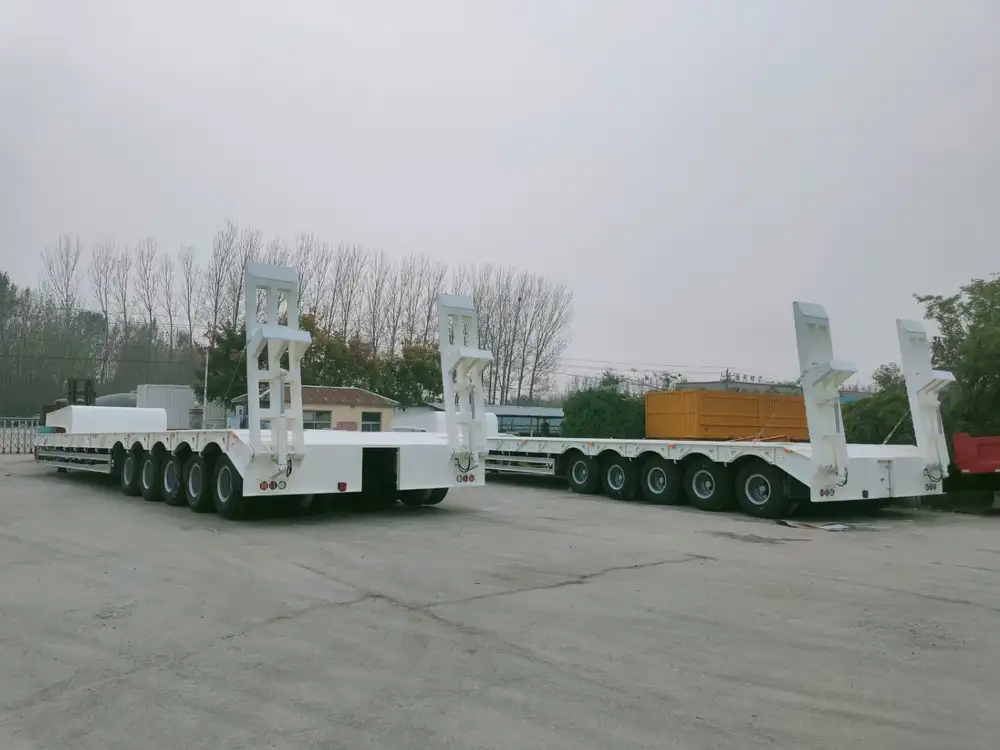
Secure the Ramps
Ensure the ramps are securely attached to the trailer. They need to be stable enough to support the weight of the tractor. Test their sturdiness before driving onto them.
4. Execute the Loading Process
Slow and Steady
Begin driving the tractor up the ramp slowly and steadily. Maintain a low speed and keep your hands firmly on the steering wheel.
- Tip: Avoid sudden acceleration or braking; it can cause the tractor to lose traction or control.
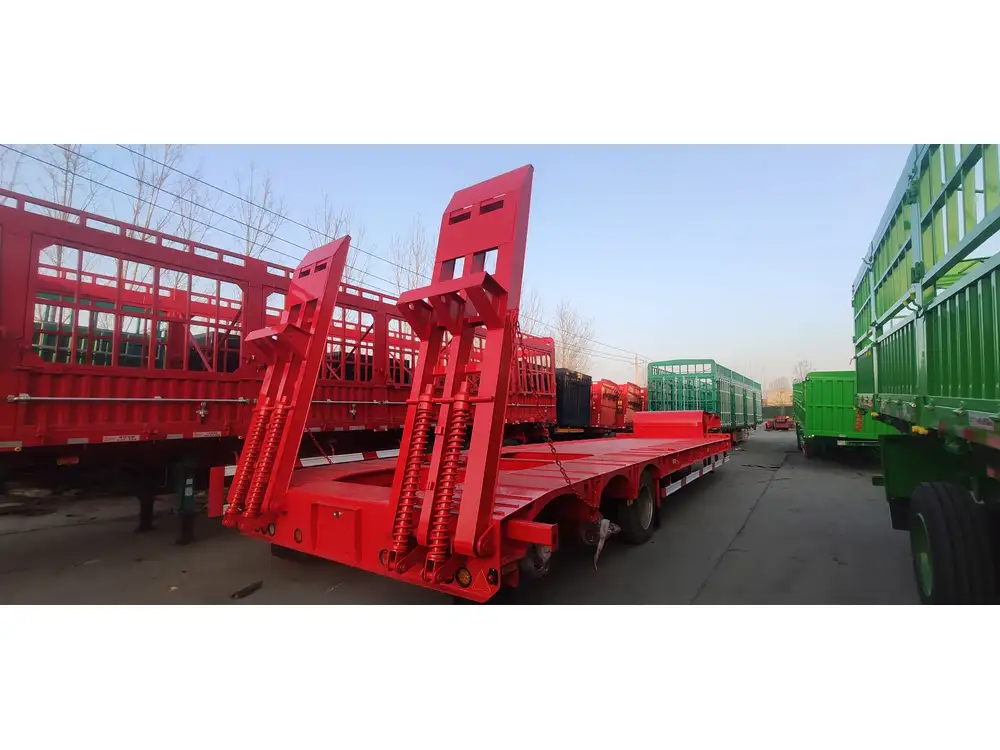
Keep an Eye on Balance
While driving up, periodically check your alignment with the center of the trailer. Ensure that the tractor’s weight is evenly distributed across the trailer.
Reach the Trailer Bed
Once the front wheels reach the trailer bed, straighten out the tractor and drive forward until the rear wheels are fully on the trailer.
5. Securing the Tractor
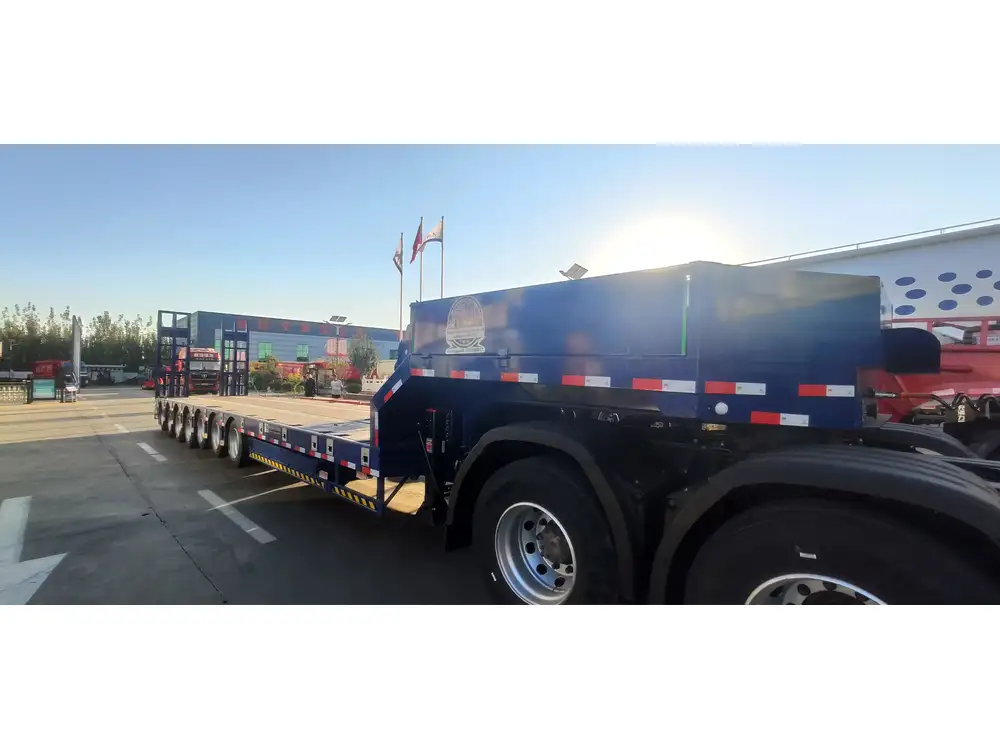
Chain and Strap Maintenance
After the tractor is parked on the trailer, it’s essential to secure it using chains or straps. Here’s how:
- Position Wheel Chocks: Place wheel chocks behind the rear wheels to prevent any movement.
- Attach Straps/Chains: Secure the tractor using straps or chains attached to designated points on the trailer. Ensure they are tightened without damaging the tractor body.
Final Inspection
Conduct a final check to ensure everything is secured and stable. Double-check that straps are tight, chocks are in place, and the tractor is well-balanced on the trailer.
6. Unloading Process

Safety First
When unloading, it’s crucial to follow the same principles of safety and stability. Position the trailer on a flat surface and double-check the ramps again.
Execute Unloading
- Reverse the tractor slowly down the ramp, maintaining control at all times.
- Utilize the same approach as when loading; drive straight and use low speeds.
- Once the rear tires are off the ramp, apply the brakes and engage park mode on the tractor.
Troubleshooting Common Issues

Common Problems & Solutions
Problems can arise during the loading process. Here are some common issues and potential solutions:
| Issue | Solution |
|---|---|
| Trailers and ramps slipping | Ensure surfaces are clean and ramps are secured. |
| Tractor hangs on the ramp | Adjust the tractor’s approach angle. |
| Straps or chains are loose | Retighten the straps and ensure securement points are intact. |
Conclusion
In the world of semi-trailer transportation, loading a tractor safely and efficiently is paramount. By following the structured approach laid out in this guide, including preparing both the trailer and the tractor, securing your load accurately, and conducting thorough checks, you can minimize risks and ensure a seamless experience. This comprehensive overview serves as a reference guide, enhancing not only operational efficiency but also promoting safety during transport.
Be mindful of regulations related to agricultural machinery transport, as these can vary by region. Always consult your local authorities or safety regulations to ensure compliance while moving your equipment.
By mastering the loading process outlined here, you will improve the safety, efficiency, and overall success of your transportation activities.



